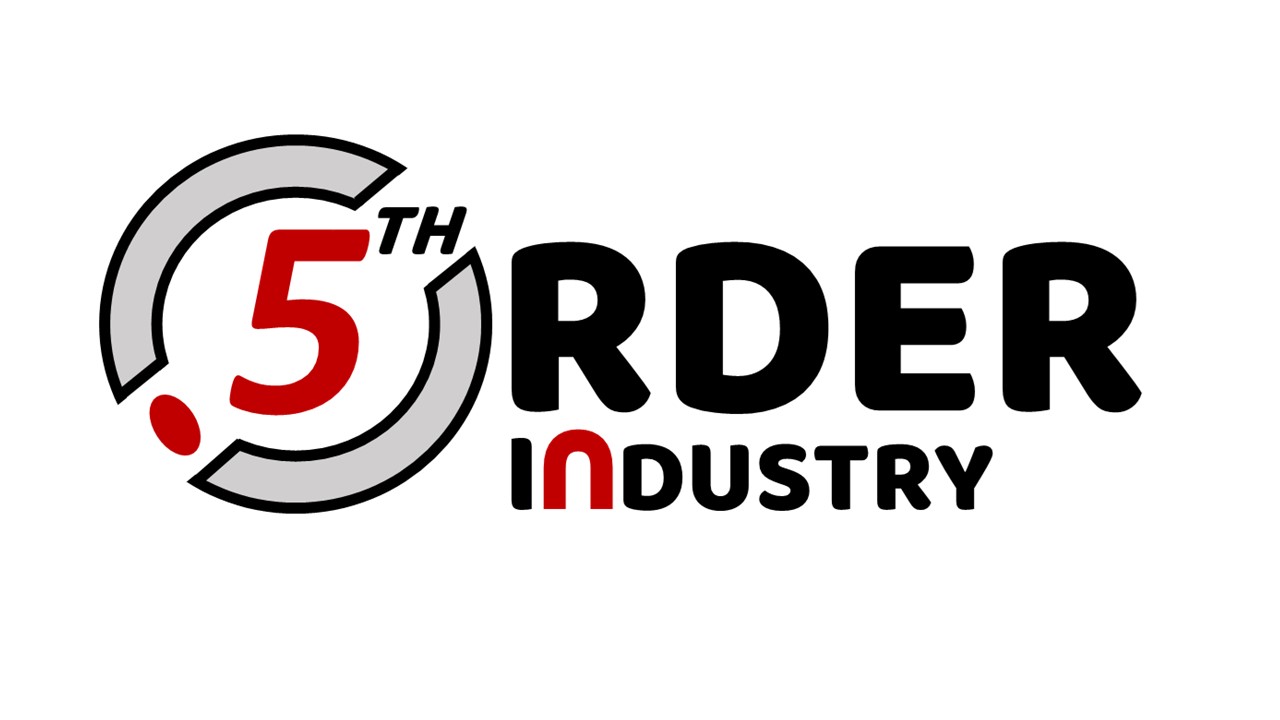Failure has several definitions. It can be any loss that interrupts the continuity of production, not meeting target expectations, or something ceasing to function according to the original intent. Why failure occurs with anything can find root cause in methodology, material, or man. Often it is a combination of several factors and not just one reason. Failure is often considered bad, yet without an understanding of failure, methodologies would not be established or materials developed.
Without understanding failure and working to reduce or eliminate it, people wouldn’t grow or evolve. The majority of failure of a machine, material, or a business is from wear. There are several Wearing Out factors. With machines (bearings, gearboxes, pumps, engines), wear can be attributed to over 80% of the failures experienced. Business is not much different than a machine and it can be argued that there is no difference at all.
The Wearing Out factors influence the structure and veneer of the company compromising it due to one or more sources. This eventually leads to lack of function and eventual abandonment of purpose. This can happen due to internal and/or external reasons. Internal sources challenge the integrity of the company by producing stress factors within the company. The system does not provide direction and influence the decay and eventual failure of the business.
Business needs structure, methods, purpose and direction. Diminishing or lack of any one of these will result in failure. The business may be out of balance or not built with the appropriate staff to work through the challenges. These sources are the result of an undefined vision, lack of a support structure.
In a machine, internal wear is typically attributed to friction created by two surfaces coming in contact themselves or a third party without the separation barrier of a lubricant. External sources are factors that enter from the outside and affect the matrix of the company. These sources are ever present and will always challenge the business unless a cohesive leadership direction is established and methodologies are managed.
External sources for machine failure include dirt, water, heat and even production materials that are mismanaged. The Wearing Out result comes from either or both sources with the cadence being random, cyclical or steady and the amplitude either low or high with the intensity being a factor in the rate of decay. Types of Wearing Out can be categorized accordingly:
- Erosion: With machines, it could be small grains of sand, dirt, dust, and wear debris carried through the system in the lubricating oil and blast away at the surface of the bearings or gears. In companies, erosion is the problem that constantly beats away at the personal. Normally this is found as small situations but high in population. Erosion can take many forms i.e. constant reminders about not meeting budget or lack of sales or various KPIs are not being met. In some cases, erosion may be from management decisions that leave the workforce feeling disenfranchised and underappreciated.
- Abrasiveness: In a machine, abrasive particles are larger than the space between the moving surfaces typically separated by the lubricant. The tolerance of the moving parts has been engineered specifically for a given application. The space can be from a half micron to 50 microns. Abrasive particles exceed the space tolerances of the machine design leading to a compromise of the metal surface. As far as business is concerned, abrasiveness comes from leadership or subordinates but either way, the abrasive nature affects the company by establishing an adversarial blame environment. The recipients become apologetic, defensive, pensive, and apathetic. Ideas are squashed and motivation diminished with productivity becoming drastically reduced if not eliminated.
- Fatigue: In a machine, fatigue is due to a hard particle that acts as a destructive bridge between two moving lubricated surfaces. The hard particle produces stress fractures on the metal surfaces and leads surface deformation. When the surface becomes deformed, the physical integrity becomes compromised and material will break off generating more wear debris which leads to increased abrasive, erosive and even fatigue wear. Fatigue in the business setting is a series of situations that occur which set up a wedge between departments or within departments that stresses the structure. The initial situation is often short lived, but the long-term effects establish a chasm formation that cannot be easily repaired. Often the debris from the departmental fracture is seen as additional erosive factors that influence other groups, departments, or divisions.
- Galling: In a machine, galling is also known as cold welding or seizure. In a bearing this can be seen when the bearing ‘locks up’ and can no longer turn. The oil or grease that was separating out the rolling elements from the bearing are now melted due to a compromise of the lubricant film. Perhaps the pressure was too great for the lubricant to remain or the machine was ill equipped, or the application exceeded the bearings capability. In business, when alliances form out of the pressures applied but the result is not a cohesive attempt at a solution, rather redistribution of focus with the intent of self-preservation. The adhesion between individuals or groups becomes an entity on to itself with its own motivation and purpose which often is not in the best interest of the function of the business.
- Corrosion: Often water, acids, or even caustics can corrode equipment unless the surface has been treated with a protective coating which shield the metal from breaking down. Corporate toxic elements that normally would not have an influence now take on the power to break down the structure and function of the business. Businesses need constant adjustments to the environment and must remain nimble to market changes and competitive threats. Leadership must continuously steer while management process the change orders. Without leadership or management corrosion sets in. The corrosive factor is attributed to a weak management structure and/or the absence or methods and procedures that work.
- Cavitation: Due to a pressure differential but instead of positive pressure being applied, cavitation is the result of a vacuum typically seen as a leadership vacuum. The company loses its direction and drive. Communication has been drastically reduced if not nonexistent.
The Wearing Out factors find their genesis in contamination, company condition, and leadership and management performance.
We know what the root cause of failure is. Now we must understand how to reduce these causes.
Stay tuned…

